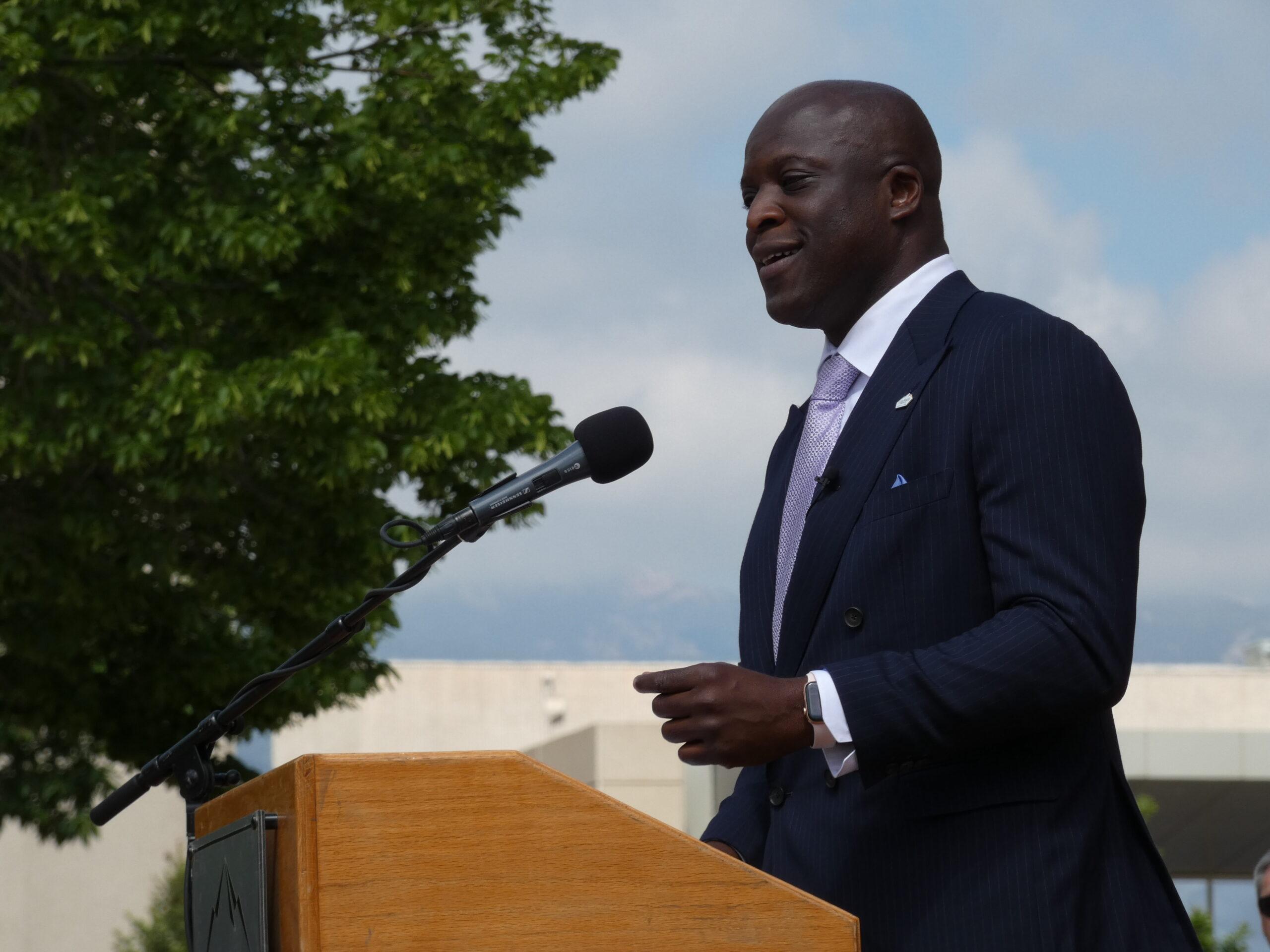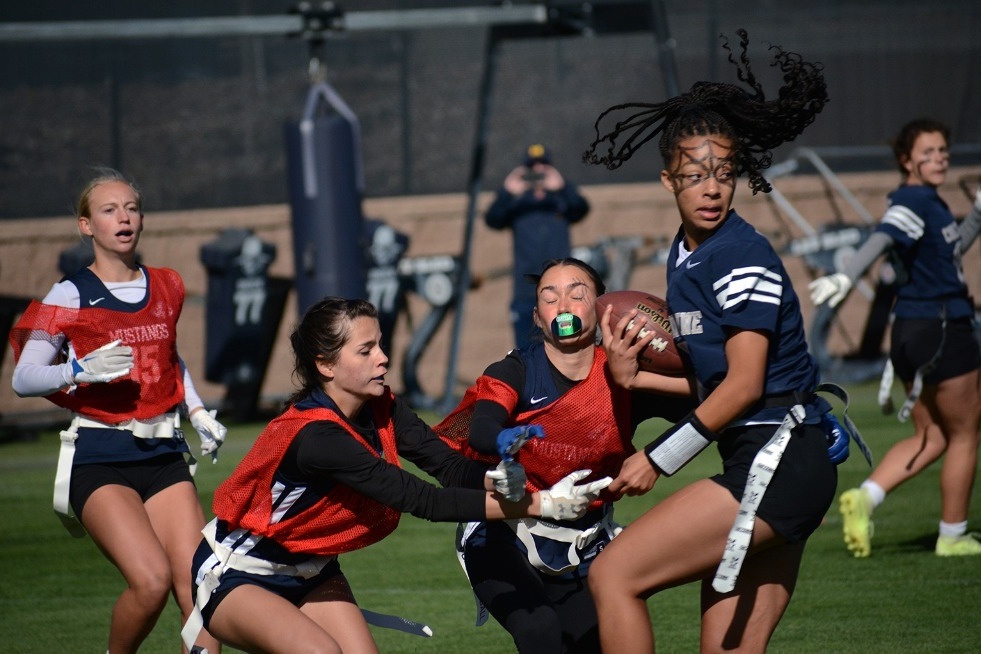According to the Census Bureau, Western towns with fewer than 5000 people have grown on average in recent years. Meanwhile, populations in similar sized towns in the Northeast and Midwest have gotten smaller.
Ray Rasker is with the non-partisan think tank, Headwaters Economics, which is based in Bozeman, Montana. He said this may be in part because of the unique access to public lands in the West.
“There’s something very special about the West,” Rasker said. “If you have about half of the landscape available to the public for free access, that’s an enormous economic competitive advantage.”
He said recreation assets in the West draw tourists, but they also draw people who want to live here for the lifestyle.
Retiring baby boomers are a big part of this migration trend, according to Rasker. But he said several small towns are also attracting highly educated people because they have research facilities – like in Hamilton, Montana and Arco, Idaho.

He adds, though, that not all small Western towns are thriving.
“Even though percentage-wise it’s growing faster than the rest of the country,” Rasker said, “that doesn’t mean they’re doing well. Much of the rural West really is struggling.”
He said agriculture, mining, and timber were once the heart of rural economies in the West, but those sectors are down.
This story was produced by the Mountain West News Bureau, a collaboration between Wyoming Public Media, Boise State Public Radio in Idaho, KUER in Salt Lake City and KRCC and KUNC in Colorado.









